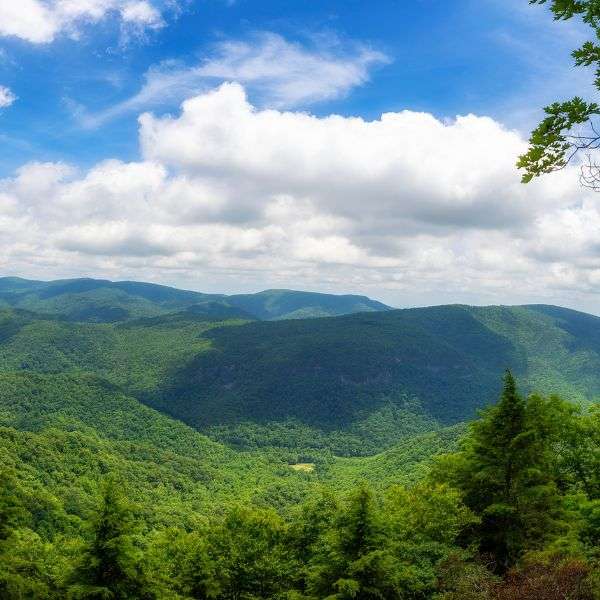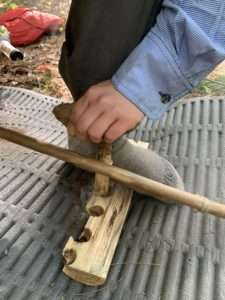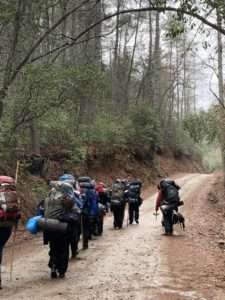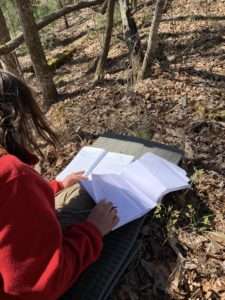In my time working with adolescents and young adults, the prevalence of self-harm and suicidal ideation has exponentially increased. When I entered this field in 1999 as a field instructor, a child who enrolled in wilderness with a history of self-harm or suicidal ideation was a rare occurrence. Now over twenty years later, 90% of the children enrolled in my group at Blue Ridge Therapeutic Wilderness, at any given time, have a history of self-harm or suicidal ideation ranging from mild to severe. It certainly seems that there may be a cultural script developing among certain segments of the youth population in terms of more tolerant attitudes toward suicide. Pop culture is inundated with more explicit messages around self-harm/suicidality from lyrics by the $uicideboy$ like, “Think I’m joking when I’m talking about blowing my head open. ‘Till the moment you walk in and find my body motionless, wrists slit…” to the popular Netflix series 13 Reasons Why, which arguably normalized suicide as a viable response to a traumatic event.
While mainstream American culture has normalized suicidal ideation and self-harm, and this continues to increase, emotional resilience has decreased. We are a culture that distracts, numbs, and avoids discomfort at any cost. Generally speaking, if we are experiencing discomfort, we can find an activity to engage in that allows us to avoid that experience of discomfort. Hungry? We can go to the refrigerator or pantry to satiate ourselves with food that takes minutes to prepare in the microwave. Most communities have food access 24/7 with drive-thrus, food stores open 24 hours a day, food delivery services, and the list goes on.
